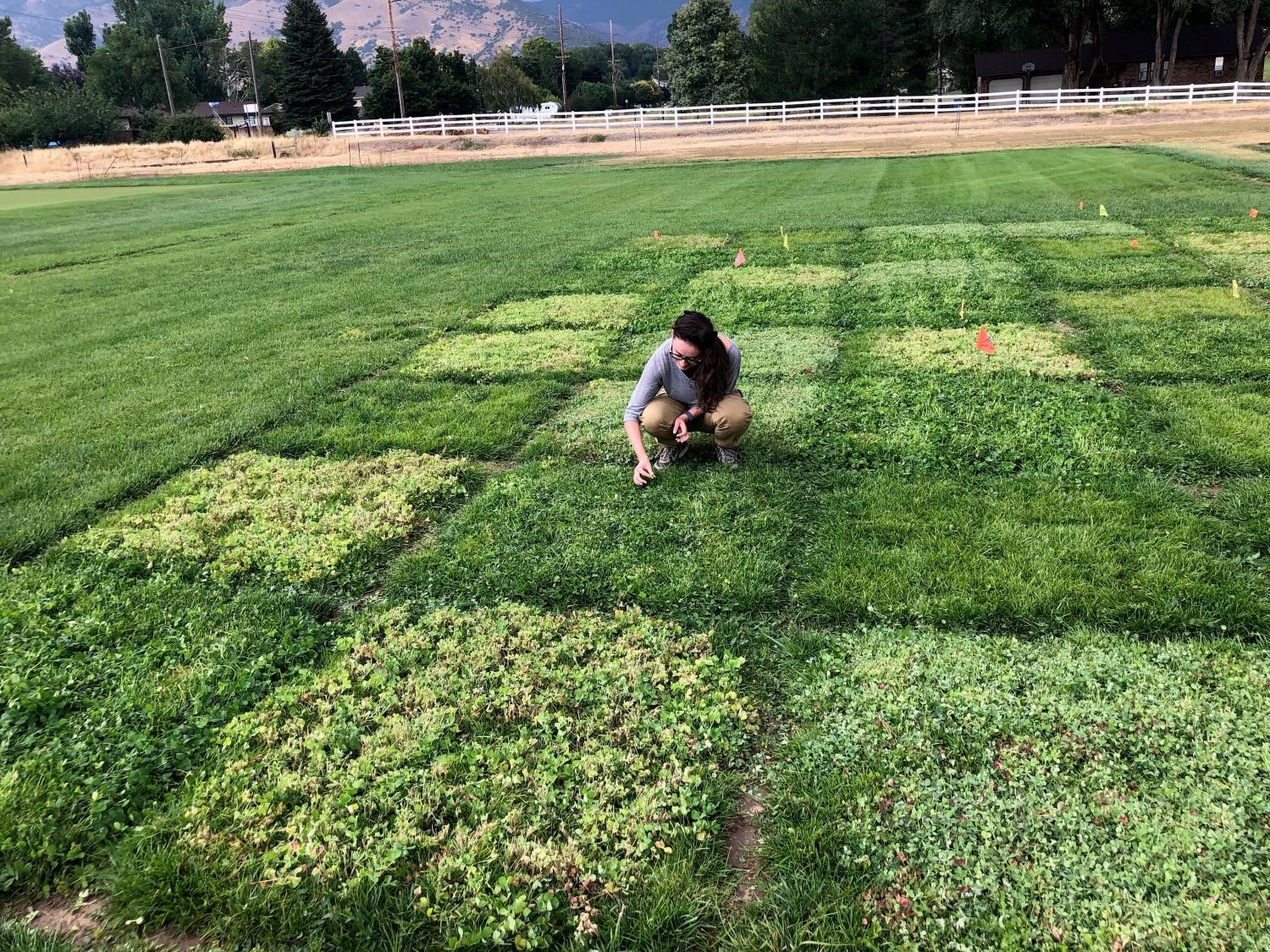
Paige Boyle
Testing alternative clover options for use in Kentucky bluegrass lawns
By Paige Boyle
For many years, white clover (Trifolium repens) has been the go-to for adding flowering resources into lawns, and with good reason. White clover is a perennial, has a broad geographic range, can grow in both warm- and cool-season lawns, handles mowing well, and produces an abundance of flowers to provide pollinator forage (both pollen and nectar) in bee lawns. As a bonus, because white clover is a legume, it also adds nitrogen into the soil, resulting in less need for fertilizer applications. But are there other clover options for use in home lawns?
People
Attention: for media inquiries, please contact Dr. Jon Trappe <[email protected]>, UMN Turfgrass Extension Educator.